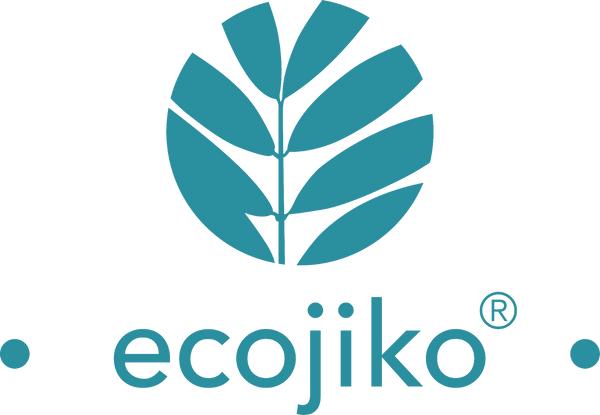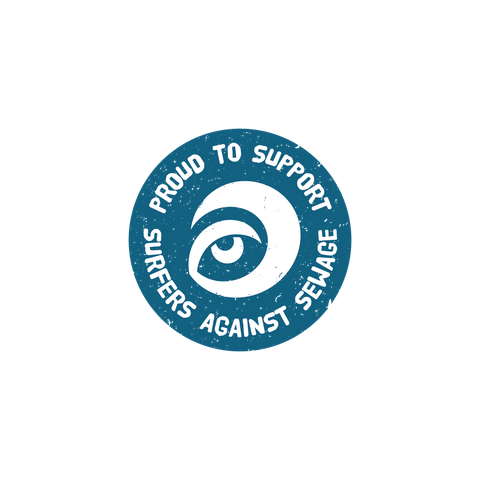The satisfying scrub of a natural-bristle dish brush against your pots and pans is a small but significant step towards a more sustainable kitchen. Bamboo dish brushes have become a popular eco-friendly alternative to their plastic counterparts, offering durability, effective cleaning power, and a planet-friendly footprint. But just like any hardworking tool, your dish brush needs a little TLC to stay in top shape. Proper cleaning and care not only ensure optimal hygiene and performance but also significantly extend the life of your brush, making it an even more sustainable choice.
Why Cleaning Your Brush Matters
Choosing a bamboo brush is a conscious decision, a nod to natural materials and a step away from persistent plastics. These brushes are often crafted with renewable bamboo handles and durable plant-based bristles, offering an effective and aesthetically pleasing way to tackle your dishwashing duties.
Daily Maintenance
The simplest way to keep your dish brush in good condition is to establish a quick daily routine after you've finished washing up. This takes mere seconds but makes a world of difference in preventing build-up.
-
Start by rinsing the brush thoroughly under warm running water, ensuring all traces of food particles and soap residue are washed away from the bristles and the base where they meet the handle.
-
Next, give the brush a good shake over the sink to remove excess water. The key to longevity is proper drying. The best way to dry your dish brush is to stand it upright in a well-ventilated area, allowing air to circulate around the bristles and the handle.
Our brushes also come with a handy loop for hanging, which is another excellent drying method. Avoid leaving your brush lying flat in the sink, where it will remain damp and prone to bacterial growth.

Weekly Deep Clean - Removing Build-Up and Bacteria
While daily rinsing helps, a more thorough deep clean once a week will tackle any stubborn build-up and keep bacteria at bay. Here are a couple of effective methods:
- Soaking in Hot, Soapy Water: Fill your sink or a bowl with hot water and a few drops of mild dish soap. Immerse the brush head completely and let it soak for about 10-15 minutes. This will help to loosen any trapped grease and food particles. After soaking, scrub the bristles gently against each other to dislodge any remaining debris, then rinse thoroughly under running water and allow to dry completely.
- White Vinegar Solution Soak: White vinegar is a fantastic natural disinfectant and deodoriser. Prepare a solution of equal parts white vinegar and warm water. Submerge the brush head in this solution for about 30 minutes. The vinegar will help to kill bacteria and break down grease and mineral deposits. Don't worry about a strong vinegar smell; it will dissipate as the brush dries. Remember to rinse the brush thoroughly with clean water after soaking.
Looking After Your Bamboo Brush
Beyond the weekly deep clean, there are a couple of specific treatments that can further enhance the care of your bamboo dish brush:
- White Vinegar for Disinfection: As mentioned in the weekly deep clean, white vinegar is a powerful ally in keeping your brush hygienic. You can also use a diluted white vinegar solution (a tablespoon of vinegar in a cup of water) as a rinse after your regular washing to further disinfect the bristles.
- Beeswax for Handle Protection: The bamboo handle, while naturally durable, can benefit from occasional treatment with beeswax. Once your brush is completely dry, gently rub a small amount of natural beeswax balm or polish onto the bamboo handle. This will help to seal the wood, protect it from moisture damage, and prevent it from drying out and potentially cracking. Allow the beeswax to absorb for a few hours or overnight before using the brush again.
How to Change the Heads - Extending the Life of Your Brush
One of the most sustainable features of many bamboo brushes, including some from ecojiko, is the replaceable head. This ingenious design means you don't have to discard the entire brush once the bristles wear out; you can simply replace the head, significantly reducing waste. The process for changing the head is usually quite straightforward.
To change your dish brush head on your ecojiko brush, simply pull down the small, metal retaining ring and open the arms to slot in the new head. By utilising replaceable heads, you're not only being kind to the planet but also saving money in the long run.
Take a look at our useful video for further support!

Drying is Key
We can't stress enough the importance of proper drying. Moisture is the enemy of both the bristles and the bamboo handle. Always ensure your brush dries completely between uses and after cleaning. Avoid storing it in enclosed, damp spaces. Good airflow is essential for preventing bacteria growth, mold formation, and extending the lifespan of your sustainable cleaning tool.
Troubleshooting Common Issues
- Lingering Odours: If your brush develops an odor, try a longer soak in a white vinegar solution or a diluted hydrogen peroxide solution. Ensure thorough drying afterward.
- Staining of Bristles: Some staining of the bristles is normal over time due to food and dyes. However, if it's excessive, a good deep clean with baking soda paste might help.
Keeping Your Sustainable Cleaning Tool in Top Shape
Your bamboo dish brush is a valuable ally in your journey towards a more sustainable home. By taking a few simple steps to clean and care for it regularly, you'll not only ensure its hygiene and effectiveness but also significantly extend its lifespan, making it an even more environmentally responsible choice. So, embrace these tips, look after your bamboo scrubbing hero, and enjoy a cleaner kitchen with a clearer conscience.
Why not treat yourself to the full sustainable cleaning set and make washing up more enjoyable!





